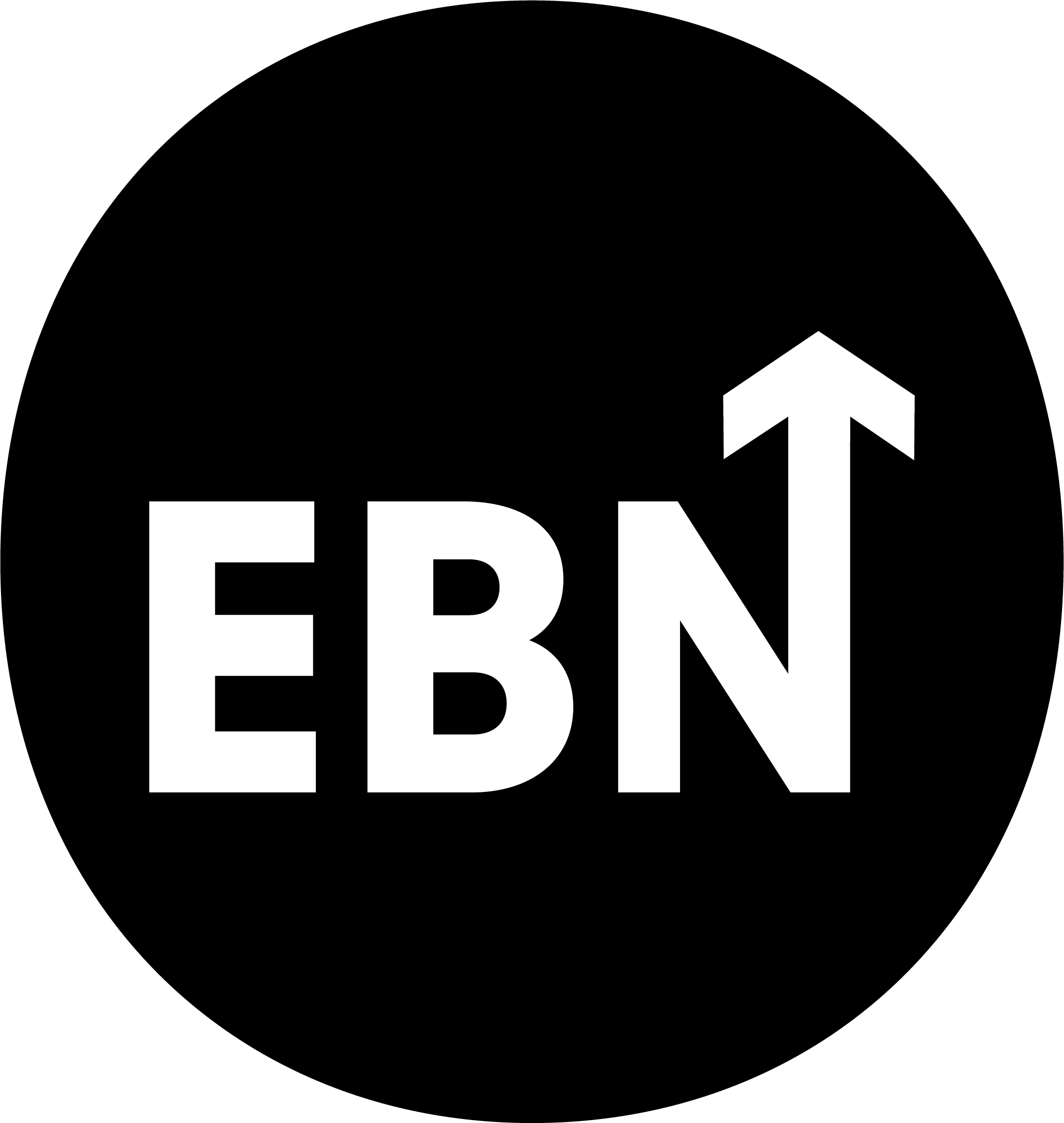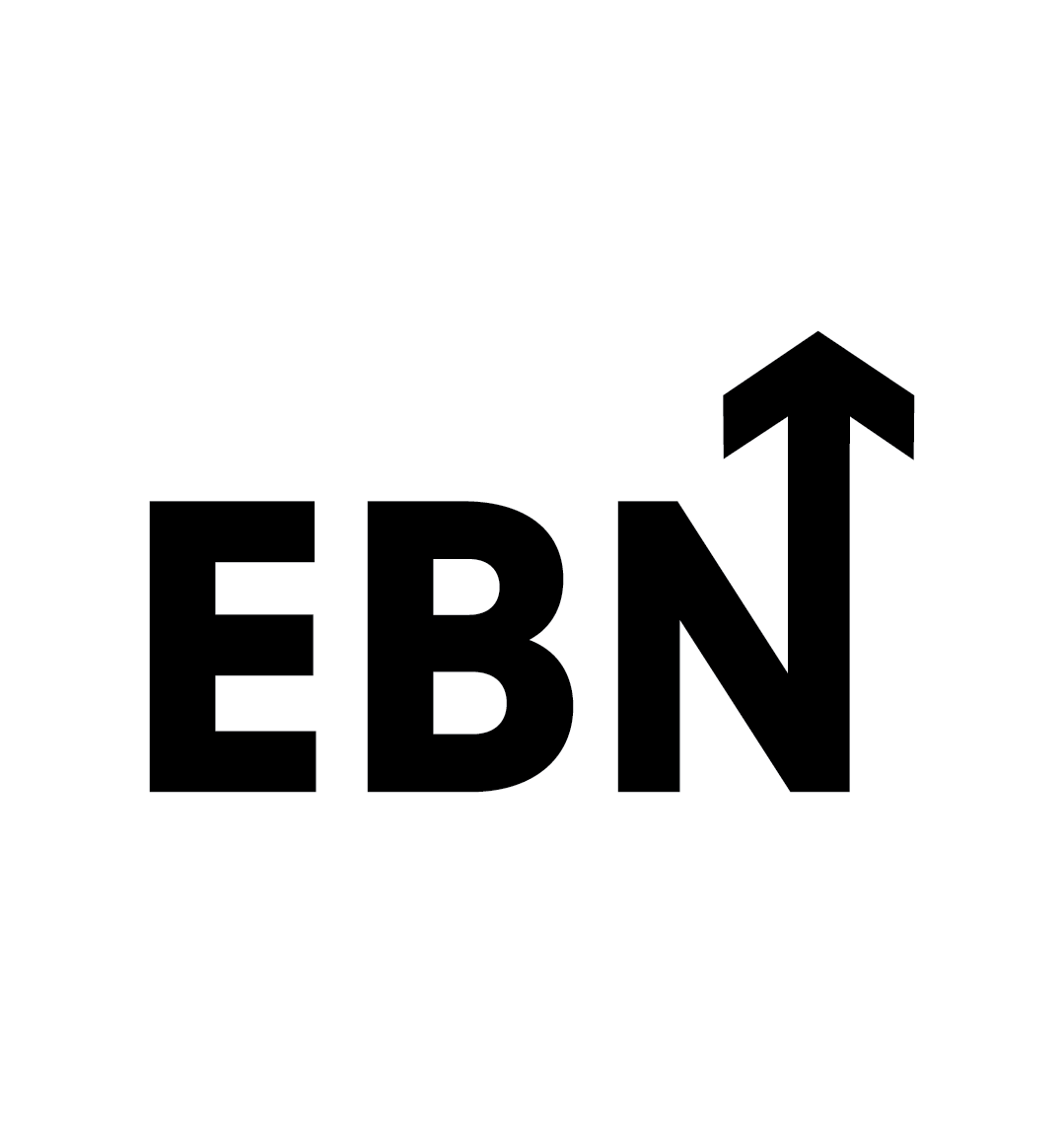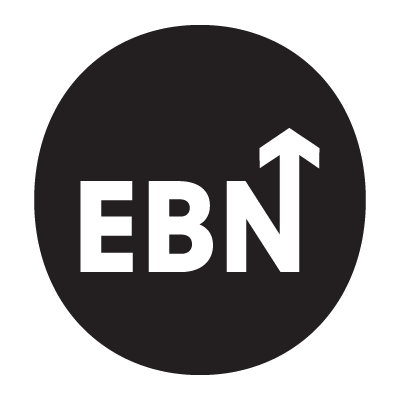With over twenty years of collective experience in talent attraction and acquisition in the Asia Pacific region, I am eager to share valuable insights drawn from my work with multinational corporations. It has been an incredible journey witnessing the evolution of organisations from a reactive hiring mindset to a more strategic approach toward talent acquisition.
Today's HR leaders and businesses increasingly acknowledge the critical role of employer branding, the Employee Value Proposition (EVP), and a strong organisational culture in attracting and retaining top talent. Gone are the days when working in isolation and adhering to strict organisational structures was the norm.
Momentum isn’t always progress, especially when you always end up back where you started.
Fathom helps you escape the loop. With insight, not intuition.
In our fast-paced business environment, success is now defined by agility and collaboration.
Teams are more focused yet must work closely with diverse stakeholders to drive results. This principle equally applies to HR; the power of collaboration cannot be overstated when implementing a forward-thinking talent strategy with a strategic lens. Chief Human Resources Officers (CHROs), Talent Acquisition professionals (TAs), and all HR stakeholders know how significantly EVP influences talent attraction, employee experience, engagement, and overall organisational culture. This prompted me to delve into the mindsets of CHROs, TAs, and Employer Branding (EB) professionals, exploring the essential 4Ws (Who, What, Why, How) in my inaugural article. This exploration is crucial to fostering seamless collaboration and crafting a compelling EVP that resonates with top talent.
The Hard Truths of Building a Strong Employer Brand – “Right” People should be in the “Right” Role at the “Right” time

Collaboration is essential for achieving success in any organisation. I have seen how CHROs, TAs, and EB collaborate on EVP projects throughout my career. Each role is vital since the employer brand is pivotal in talent attraction, acquisition, employee experience, engagement, and overall organisational culture. However, their responsibilities are often vague and poorly defined. Some CHROs and TAs believe they have ownership over the EVP, usually leading to their deep involvement in its creation and implementation. While their commitment is valuable, effective EVP management requires a specialised skill set in brand management, communications, marketing, and social media, areas where EB professionals genuinely excel, rather than just executing isolated activities such as announcing wellness initiatives, organising team outings, or sharing employee stories the focus must be on elevating the employer brand’s reputation. Conversely, a disconnect often arises when teams operate in silos, mistakenly thinking that EB alone owns the EVP. This misguided mentality can result in disjointed campaigns that fail to consider the comprehensive candidate and employee journey, ultimately damaging both campaign effectiveness and the employer brand’s reputation. When there is no collaboration, organisations miss the opportunity for cohesive metrics reporting, which is crucial for understanding how each aspect contributes to the overall talent strategy’s success.
This lack of integration can lead to unrealistic expectations placed on EB teams, which cannot single-handedly enhance employee engagement or drive application rates without the essential collaboration of CHROs and TAs.
It is clear that CHROs, TAs, and EB professionals must work together towards shared objectives for a strong employer brand. A compelling employer brand attracts top talent with the right skills and ensures their alignment with the organisation’s values and culture, a fundamental concern for CHROs. This alignment fosters enhanced employee engagement, reduced turnover, and improved organisational performance. Additionally, a vibrant employer brand is energised by active employee advocacy and constructive feedback, fueling ongoing improvements. When aligned with overarching business goals, a strong employer brand empowers CHROs to connect talent acquisition strategies with the organisation's objectives, ensuring resilience during challenging times and bolstering employee trust and loyalty.
Helping HR, talent acquisition, employer branding, and company culture professionals find careers worth smiling about.
Moreover, a robust employer brand is indispensable for TA in attracting top candidates. In the long run, it streamlines the hiring process, improves candidate experiences, and enhances offer acceptance rates while securing quality hires. By leveraging employer branding initiatives and referrals, organisations can attract candidates already aligned with their culture, creating a pool of engaged talent. This strategic focus on employer branding not only generates significant earned media value (EMV), providing organic engagement without costly paid advertisements, but it also helps lower replacement hiring costs. Candidates drawn to the employer brand are more likely to be the right fit, highly engaged, and inclined to stay long-term. However, realising these outcomes necessitates a sustained, long-term strategy, particularly for hard-to-fill roles, as reshaping candidates' perceptions requires consistent effort over time. In conclusion, effective collaboration among CHROs, TAs, and EB professionals is beneficial and imperative for building a resilient and successful organisation.
The Big Misalignments

Despite the shared goal of establishing a compelling EVP to enhance talent strategy, significant misalignments persist among CHROs, TAs, and EB initiatives. Typically, CHROs and TAs highlight their organisation’s strengths, perks, and opportunities, promoting a polished EVP. In contrast, EB seeks to provide a genuinely authentic employee experience, presenting a holistic view that encompasses both pros and cons. Let’s be honest, the ideal employer and perfect job simply do not exist! By focusing exclusively on the positives such as strengths, rewards, and opportunities, organisations miss key aspects necessary for crafting a compelling employer brand and EVP. By expanding the employee experience to include advantages and disadvantages, you can cultivate deeper emotional connections with candidates, empowering them to make informed career choices. Embracing the authentic realities of your employer brand is not merely a matter of transparency; it’s a strategic necessity. Today’s candidates are more informed than ever, as they actively seek out employee reviews and social media insights. The interplay between organisational culture and employer brand is vital in shaping an organisation’s identity and reputation. Building the right culture starts with hiring individuals whose values align with your organisation. By candidly addressing workplace aspects that may not resonate with everyone, the cons, you not only deter unsuitable candidates from applying but also encourage current employees who may not fit the culture to reassess their roles. While this approach may seem at odds with traditional talent attraction methods favoured by CHROs and TAs, it genuinely cultivates a more authentic culture that drives business success.
Furthermore, a critical misalignment exists between CHROs and EB regarding the proactive promotion of organisational culture and EVP. CHROs have focused on leader role modelling and providing culture training for employees, but true alignment requires more than just understanding; it demands a genuine sense of care and belonging within the organisational culture. Without this strong connection, employees may adhere to their employer’s expectations without engaging deeply with them, making sustained commitment unlikely.
EB is essential in nurturing emotional ties, as employees connect with the culture through compelling communication, daily experiences, and meaningful interactions.
Articulating the desired culture with clarity and conviction is crucial for embedding these values. Beyond merely discussing culture, CHROs must actively support leaders in integrating these values into daily operations. This holistic approach will empower employees to understand, believe in, and exemplify the culture, even amidst challenging business landscapes.
Collaboration is the Secret Sauce: Real-world Examples

Throughout my career, I have honed my craft in an HR Centre of Excellence (CoE), where I led talent acquisition and employer branding for the Asia Pacific region. Despite facing challenges like limited headcount in employer branding, I established a dedicated team of seasoned recruiters from key markets committed to learning and elevating our EVP initiatives, combined with collaborative success with global HR CoE practices, wider regional HR teams, such as talent development, compensation and benefits teams, brand management, internal communications, creative and media agency partners have proven invaluable in attracting and engaging top talent. In our complex matrix organisation, I took the initiative to assign roles and responsibilities clearly. EB develops key candidate personas, crafting compelling messages and drives strategic talent communications internally and externally.
Meanwhile, TA remains committed to recruiting and optimising its channel effectiveness. They work with EB to map out every touchpoint of the candidate journey, seamlessly integrating EVP into job postings, conversations and communications, ensuring a cohesive candidate experience. Together, we have successfully executed various global, regional, and local campaigns, establishing robust metrics and feedback loops for continuous improvement. With clearly defined objectives, roles, and responsibilities, EB and TA understand their contributions, enhancing our overall effectiveness in talent attraction. Embracing the “OneHR” approach with HR leaders, we build strong relationships with the business, effectively managing expectations regarding the immediate impacts of recruitment marketing and hiring efforts and the long-term benefits of our employer branding campaigns. This strategic alignment is crucial for our success in bringing our employer brand to life and ensuring its sustainability in the long run.
CEOs and CHROs recognise that attracting and recruiting top talent is essential for success. Yet, they often feel uncertain about where to direct their efforts over the next three to five years, whether to prioritise employer branding, talent attraction, talent branding, employee experience, or recruitment marketing. This ambiguity leads to inadequate resource allocation and a lack of effective team structure necessary for achieving desired results. The reality is that, regardless of the focus area, this work demands a collaborative approach; it requires strategic change management by EB to effectively engage various internal and external stakeholders in shaping impactful talent communications.
Organisations can only transform their talent strategies for lasting success by prioritising clarity of focus with EB's expertise.
To effectively foster collaboration among CHROs, TAs, and EB, it is imperative to establish shared metrics and goals focused on talent attraction and engagement, along with a clear definition of roles and responsibilities. Currently, the process can be fragmented; CHROs and TAs often brief agencies on developing EVP or Talent Value Propositions (TVP). Some organisations may even assimilate an agency's concepts internally or have EB handle job postings and evaluate recruiting channels in response to declining application rates. This highlights the urgent need for a cohesive strategy.
By adopting the “OneHR” approach, EB can effectively coordinate with internal and external stakeholders to drive this initiative forward. We must tackle these elements from the outset, especially since employer branding, talent attraction, talent branding, and employee engagement are frequently misunderstood in market demands and accountability. Clarity and alignment are critical for success. It's essential to recognise that existing practices and structures might not deliver optimal results, and acknowledging this reality will pave the way for improved outcomes.
Fostering a culture that values diverse perspectives and encourages feedback is challenging, but global organisations must extend this commitment to their employer branding. I have devoted significant time to equipping TAs and CHROs across various markets with actionable strategies to enhance talent attraction, empowering them in recruitment and employee engagement. My extensive experience in talent acquisition throughout the Asia-Pacific region gives me a deep understanding of the unique challenges faced by organisations. This insight makes employer branding initiatives particularly effective, especially when backed by TA's strategic input. However, it’s crucial for TA to evolve into a strategic talent advisor role instead of merely acting as a resume processor. Employer and talent branding is essential for generating awareness through strategic communications. Yet, they cannot replace the critical tasks of managing sourcing channels and overseeing the recruitment funnel from initial applications to successful hires. Organisations can unlock their talent potential by prioritising this transformation within TA.
Moreover, CHROs must embrace honesty in their organisational culture. Sharing authentic employee experiences, including strengths and weaknesses, is imperative for forging a genuine emotional connection with prospective talent. This transparency builds trust and attracts candidates who align with the organisation’s values.
Onward and Upward: Your Next Steps
I encourage you to take a closer look at your organisation’s structure and collaboration strategies. Reflecting on your experiences will help you identify the most effective path forward by honing in on employer branding and talent attraction. While it’s crucial to clearly outline the roles and responsibilities of CHROs, TAs, and EB, this is merely the first step in fostering a truly integrated collaborative approach. This alignment has the power to unlock your employer brand’s full potential, enhancing talent attraction and boosting employee engagement. In our upcoming article, we will highlight the importance of co-creating shared goals that unify the efforts of HR, talent acquisition, and employer branding, offering you practical frameworks to achieve these objectives collectively.
Takeaways
Why is collaboration important in building a strong employer brand?
Collaboration between HR, Talent Acquisition, and Employer Branding helps create a unified Employee Value Proposition (EVP), attracting talent that aligns with the organization's values. This collaboration ensures that the employer brand reflects an authentic and consistent experience across the employee journey.
What are some common challenges when building an employer brand?
Misalignments among HR, Talent Acquisition, and Employer Branding can lead to disjointed strategies. These silos can result in unrealistic expectations and ineffective campaigns, hindering the organization’s ability to attract and retain top talent.
How does an employer brand affect talent acquisition?
A strong employer brand simplifies the hiring process by attracting candidates who resonate with the company culture. This results in higher offer acceptance rates, improved candidate experiences, and reduced hiring costs.
What role do CHROs and TAs play in enhancing the employer brand?
CHROs and TAs are crucial in shaping and promoting the EVP. They align talent acquisition strategies with business objectives, helping to ensure that employees and candidates see the organization as a desirable place to work.
How can organizations foster an authentic employer brand?
By openly sharing both strengths and challenges of the employee experience, organizations build trust with candidates and employees. This transparency helps attract talent that is genuinely aligned with the company culture and values.
What is Refractions?
In an industry often shaped by convention, Refractions brings a fresh angle. This series takes established perspectives in employer branding and talent acquisition, bends them, and reveals new facets; insights that might otherwise be missed in a straightforward view.
Why Refractions? Just as light refractions create vibrant, multi-dimensional colors, this series seeks to shine a sharper light on the field. With contributions from thought leaders, industry disruptors, and experienced voices, each article reflects something familiar but with a unique twist, breaking down complex topics and reconfiguring them through the lens of innovation.
Every piece in Refractions is designed for those who value depth and discovery, exploring the latest currents and trends in employer branding to reimagine what’s possible in today’s shifting talent landscape. Because sometimes, all it takes to see things clearly is a new perspective.



![[02] Collaboration Unleashed: The Hard-Hitting Facts That Make or Break Your Employer Brand](/content/images/size/w1284/format/webp/2024/11/02.png)



